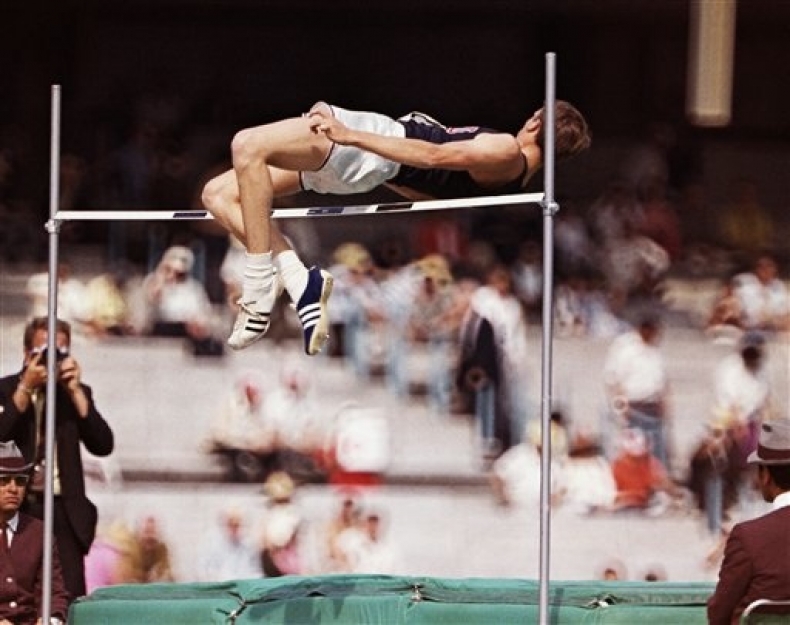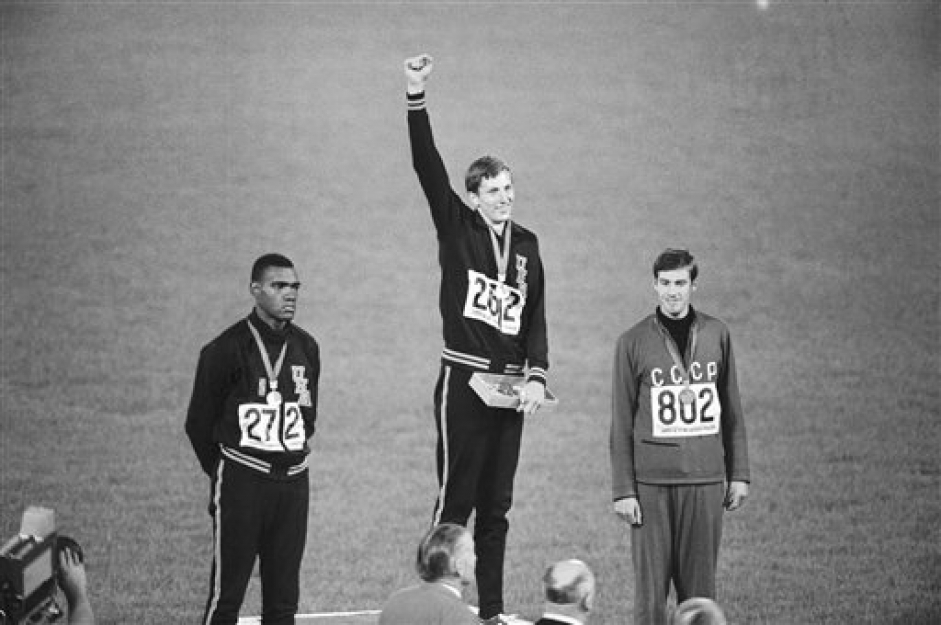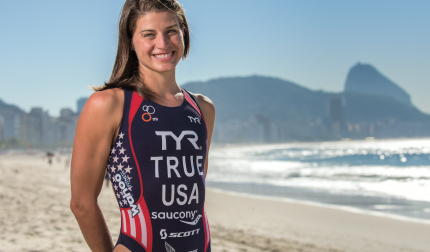How did you come to discover the Fosbury Flop, what is now the standard method of clearing the high jump bar.
When I started out in track and field at age 11, the teacher taught us two different techniques—the Straddle and the Scissors. At the time, the Scissors was being abandoned at the elite level. But we were kids. What did we know? I was attracted to the Scissors style because it was simpler. I used it through 10th Grade, occasionally winning a meet. In high school, my coach told me I needed to learn the Straddle if I wanted to reach my potential. After six weeks of trying it, I wasn’t showing much progress. I was stuck at clearing 5-foot-4. The coach said it was my decision if I wanted to go back to the scissor style.
How did you get from that to your technique?
Intuitively, I knew I needed to do something different. I was trying to lift my hips and raising my rear end so I wouldn’t hit the bar. I needed to lean back and move my shoulders back. But that movement worked, cleared 5-foot-6. They raised the bar again and I did it again at 5-foot-10, nearly half-a-foot in one day! I simply went from sitting over the bar, to a back layout laying flat on my back. The results were immediate. The next two years, I evolved my technique, changing my body position, from being parallel to the bar to turning my back to the bar. By the time I refined the Fosbury Flop, I finished second in state competition, clearing 6-foot-7.
How did people respond to this revolutionary style of jumping?
Well, the response varied to say the least. All of the opposing coaches first went to the rulebook. Back in the 1940s, there had been rules that regulated what part of the bar you could clear with the body. In the 60s, it was perfectly legal. Other jumpers were curious, but they weren’t fascinated enough that they were going to change what they were using successfully. The fans got a kick out of it. My approach was different, I had pretty good speed going to the bar, going over backwards, it was unusual at the time.
Were those Olympics in Mexico City in 1968 a magical experience for you?
Oh yes! It was a unique experience to become an Olympian and make that team in itself. The games in Mexico City were at high altitude. We had a 10-week training camp in South Lake Tahoe, to try to mitigate the effects of the altitude. At that camp, I was competing alongside some of the best athletes of the country. Our team had one of its finest perfomances in history—Al Oerter, Bob Beamon, Lee Evans, Tommy Smith, John Carlos—just to be part of it was amazing.
How did the style grow in use?
The first thing that happened, millions of kid who watched me in the Olympics copied it. Kids all over the country changed immediately. The elite jumpers, even then considering my success, they were not willing to risk changing their technique just because one guy had used it. Although within two years, 1970-71, we started to see other floppers come on the seen nationally. A kid name Bill Elliott from Texas tried it. I remember talking to Bill at the time, he was frustrated with the straddle; he could not succeed with that technique. He was willing to leave it behind and try something new. But it was a generation of new young jumpers over the course of 20 years that help adapt the new style.
Do you look back with a sense of pride when you think about how you’ve changed the sport of high jumping forever?
I feel I was blessed to discover this technique and to be able to contribute to the sport and its history. This technique was going to be developed. Debbie Brill was the first female jumper who developed this with success. She was 5 years younger and was using a similar technique, though neither one of us had seen one another. I later discovered there was a kid in Montana that was working with a similar technique in 1961. In his situation, he did not carry on and pursue it. I was the right person at the right time. I’m proud of my achievement; it changed my life. I’m incredibly fortunate, because I got the naming rights.
During your Olympic performance, it appears as if you’re talking to yourself and squeezing your fists to energize yourself. What was going through your mind?
I was visualizing the jump. I’ve talked to Al Oerter, Bob Beamon—we all did this. We didn’t have a sports psychologist at the time. We would have two minutes from the time they call your name to the time you have to jump. I would begin with what corrections I needed to make to prevent mistakes. I would focus on the muscles that I would use and the feeling I would have to have a perfect vertical takeoff. Once I went through that visualization and feeling of the perfect jump, I would transition into positive belief. I was convinced by the time I took off that I was going to make it. As it turns out, this technique has universal use for just about anything, when you have a major project or goal you are trying to achieve, you can prepare yourself mentally by going through the steps you need in order to succeed.
Do you still enjoy continuing to teach other athletes through your camps?
Absolutely. When I came back from the Olympic games, we didn’t have video. Many coaches and jumpers had only read about this style of jumping as it was described by journalists. They only saw a still photo, so trying to figure out what to do was a challenge. From the first few years, I was called upon with my coach Bernie Wagner, to go to clinics and teach other coaches how to coach this, and other jumpers how to jump. I’m a professional engineer, so to break away a week out of the summer to do a camp became my working vacation and I loved every minute of it. The program now includes inviting other Olympians to come and be guest coaches, because they all have stories to tell—how they became a success, how they didn’t quit and persisted in doing something that they love.
Why did you decide to start your new website dickfosbury68.com?
A few years ago, an incident at a huge effect on my life. I was diagnosed with lymphoma. I caught it early in Stage One and went through a very serious ordeal with chemotherapy and radiation. I lost a lot of strength, I believe I survived it because of my physical conditioning, which is partly why I still like to teach people the benefits of physical fitness and sports. I still pay close attention to my diet and stay active. I started my website with my wife’s support to promote healthy living. Sport has changed my life, and being an athlete has taught me some basic lessons on how to follow a program, using positive motivation, visualization, all of these things have added to the quality of my life. I’m excited to continue to help people think creatively and help motivate them to achieve their goals and be successful.






